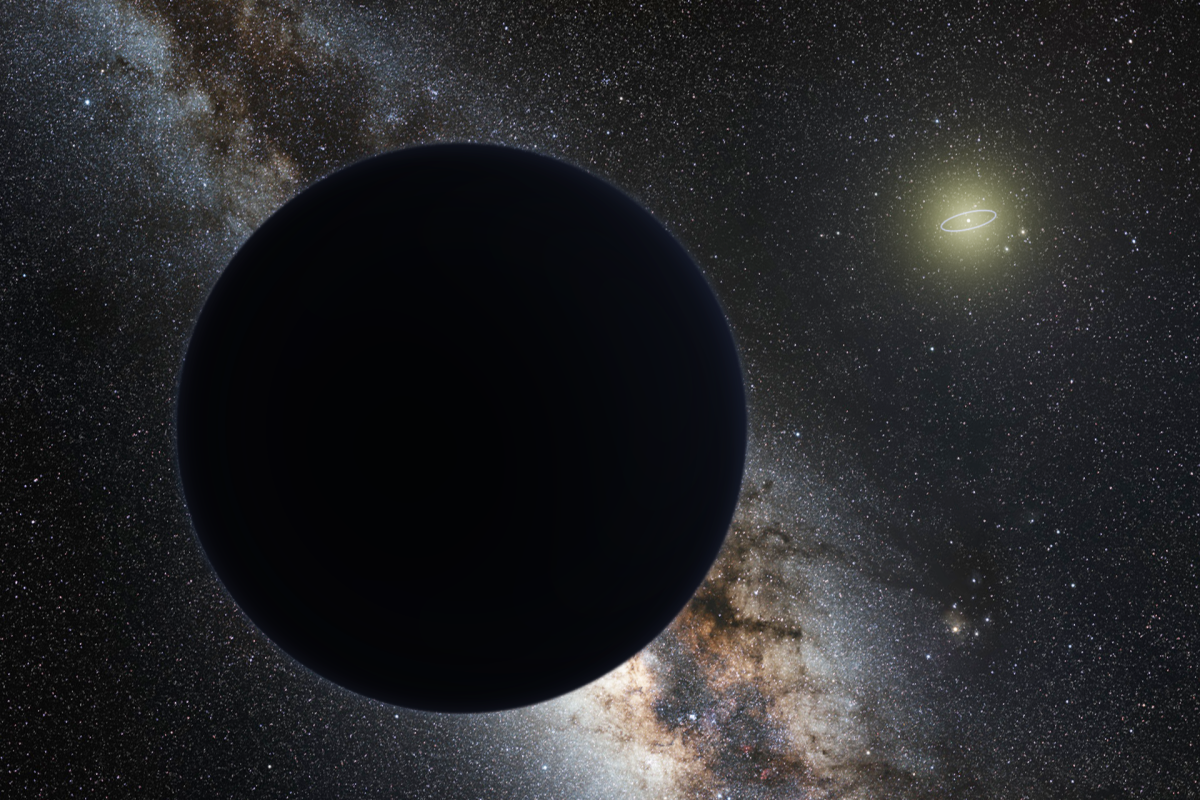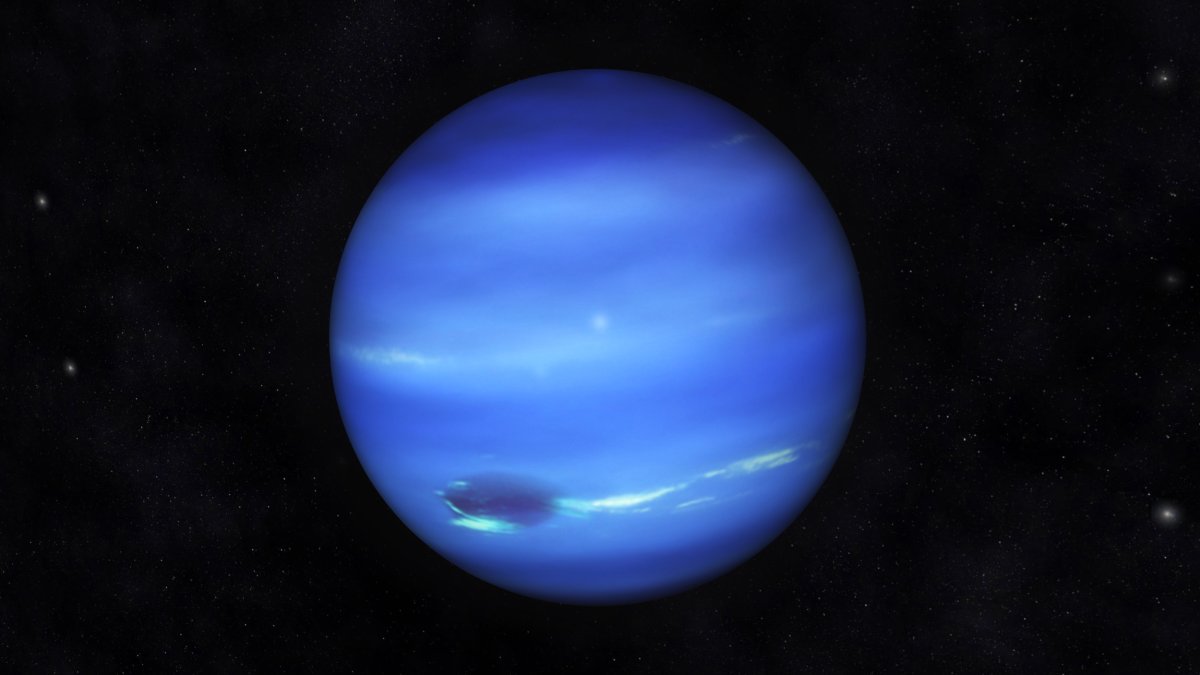A leading scientist has told Newsweek about new evidence supporting the existence of a secret ninth planet lurking at the edge of our solar system.
This hypothetical extra planet, often referred to as "Planet Nine" or "Planet X" has been long-theorized to explain weird and wacky orbits of dwarf planets orbiting the sun far beyond Neptune. But, even though it is thought to be as large as Neptune itself, it has remained undiscovered.
New research by a Caltech team, due to be published in The Astrophysical Journal Letters, has found additional evidence to support this planet's existence.
"I think it is very unlikely that P9 does not exist. There are currently no other explanations for the effects that we see, nor for the myriad other P9-induced effects we see on the solar system," study co-author Michael Brown, a professor of planetary astronomy at the California Institute of Technology, told Newsweek.
"If there is not Planet Nine, we would have to come up with 5-6 separate (and unknown) explanations for all of these oddities in the outer solar system."

In 2015, the same team of researchers at Caltech found mathematical evidence for the existence of a planet over ten times Earth's mass orbiting the sun at an immense distance, over 20 times further out than Neptune (which itself is over 30 times further out than Earth). Neptune is the third most massive planet of our solar system and the eighth, commonly believed to be the outermost planet from the sun
The 2015 research suggested that this Planet Nine could take between 10,000 and 20,000 Earth years to orbit the sun only once, following a long, elliptical-shaped path.
Its gravitational influence was thought to account for the unusual grouping of orbits observed among a collection of extreme TNOs, which include the weird and wacky celestial bodies orbiting the sun beyond Neptune from a distance that averages over 250 times farther than that of the Earth.
The researchers have now tracked the long-term movements of TNO orbits in the outer solar system, modeling different orbital scenarios based on their movements. They also added data regarding Neptune's gravity and the galactic tide (exerted by other Milky Way objects beyond our solar system).
They found that the most plausible explanation for the irregular movements of the objects was the existence of a large, distant planet that has yet to be discovered. The location of this planet was not determined by these models.
"One inevitable effect of Planet Nine, if it exists, is to sometimes push the orbits of distant TNOs closer inward towards the sun. With no P9, many fewer of them have the inner parts of their orbits pushed inward past Neptune," Brown said.
"Yet when we look at the real TNOs, we see them spread quite robustly inward from Neptune. Detailed computer simulations shows that the inward spread agrees precisely with the effects of the hypothesized Planet Nine, and cannot be explained without Planet Nine."
Andrew Coates, a professor of physics at University College London who wasn't associated with the study, told Newsweek: "This is an interesting new study providing possible further evidence for a Planet Nine, based on the orbital dynamics of several long-period objects orbiting the sun at large distances beyond Neptune.
"So far, there is no direct evidence for a Planet Nine, but further study of possibly affected objects, and direct searches, will be possible with survey telescopes such as the new Vera Rubin observatory."
The Caltech researchers note that other factors might be responsible for the behavior observed in their simulations—including rogue planets passing through the solar system many millions of years ago—though they believe these are less probable explanations.

For now, this hypothetical planet remains elusive. Previous research has eliminated 78 percent of the sky as a hiding place for Planet Nine, but that still leaves 22 percent yet to be examined.
"Excitingly, the dynamics described here, along with all other lines of evidence for Planet Nine, will soon face a rigorous test with the operational commencement of the Vera Rubin Observatory. This upcoming phase of exploration promises to provide critical insights into the mysteries of our solar system's outer reaches," researchers wrote.
Do you have a tip on a science story that Newsweek should be covering? Do you have a question about Planet 9? Let us know via science@newsweek.com.
Uncommon Knowledge
Newsweek is committed to challenging conventional wisdom and finding connections in the search for common ground.
Newsweek is committed to challenging conventional wisdom and finding connections in the search for common ground.
About the writer
Jess Thomson is a Newsweek Science Reporter based in London UK. Her focus is reporting on science, technology and healthcare. ... Read more
To read how Newsweek uses AI as a newsroom tool, Click here.






